After a long day at work, 42-year-old black seamstress Rosa Parks boarded a bus in Montgomery, Alabama. She went to the back and took a seat in the section designated for black ('coloured') people. Rosa’s subsequent refusal to give up her seat to a white passenger, as demanded by the white bus driver, resulted in her being arrested, tried and convicted for civil disobedience.
That was 1955, and 1 December marks the anniversary of that small yet monumental act by Rosa. Her actions led to a year-long bus boycott by Montgomery’s black residents and – ultimately – the US Supreme Court ruling that bus segregation was unconstitutional.
Meanwhile, in 1956, less than a year after Parks triggered the Montgomery bus boycott, Rob Williams took over the leadership of the Monroe (North Carolina) chapter of the National Association for the Advancement of Colored People (NAACP). Significantly, he was the first civil rights leader to advocate against non-violence.
In 1959, after a jury in Monroe acquitted a white man of the attempted rape of a black woman, Williams pronounced on the court steps:
It is time for Negro men to stand up and be men and if it is necessary for us to die we must be willing to die. If it is necessary for us to kill, we must be willing to kill.
Civil rights legacy
The civil rights movement which Parks, who died in 2005, helped kickstart led to great change in US society through the dismantling of Jim Crow (racial segregation) laws. Parks went on to become an iconic figure renowned throughout the world as a pioneer of the freedom of movement.
In comparison, Williams’ story has largely been erased from history. His insistence that black people bear arms in order to defend themselves against violent racism led to his falling out of favour with the national leadership of the NAACP. On the run from the FBI between 1961 and 1969, Williams found himself in exile at the height of the struggle, first in Cuba and then China.
Williams returned to the US in 1969, at which point all federal charges against him by the government had been dropped. Rather than assume the leadership of the Black Power movement, Williams (who died in 1996) instead opted for a new career as an academic in Chinese studies.
Significantly, the legacy of Parks and Williams for black communities and their demands for racial justice resulted in new opportunities amid unprecedented global shifts. Moreover, they challenge us to take a closer look at the political heirs to the lady on the bus and the uncompromising black man.
Post-industrial black ghetto
Since the 1970s, the US black population has been characterised by an affluent and growing middle class. This is both a legacy of, and an enduring testament to, the hard-fought achievements of the civil rights movement. But the existence of a large and expanding black urban underclass attests to the disproportionate impact of globalisation during the past half century.
Historically, the black American ghetto comprised the working poor and a small middle class. However, deindustrialisation and hyperghettoisation transformed these neighbourhoods into enclaves of extreme poverty, joblessness and welfare dependency.
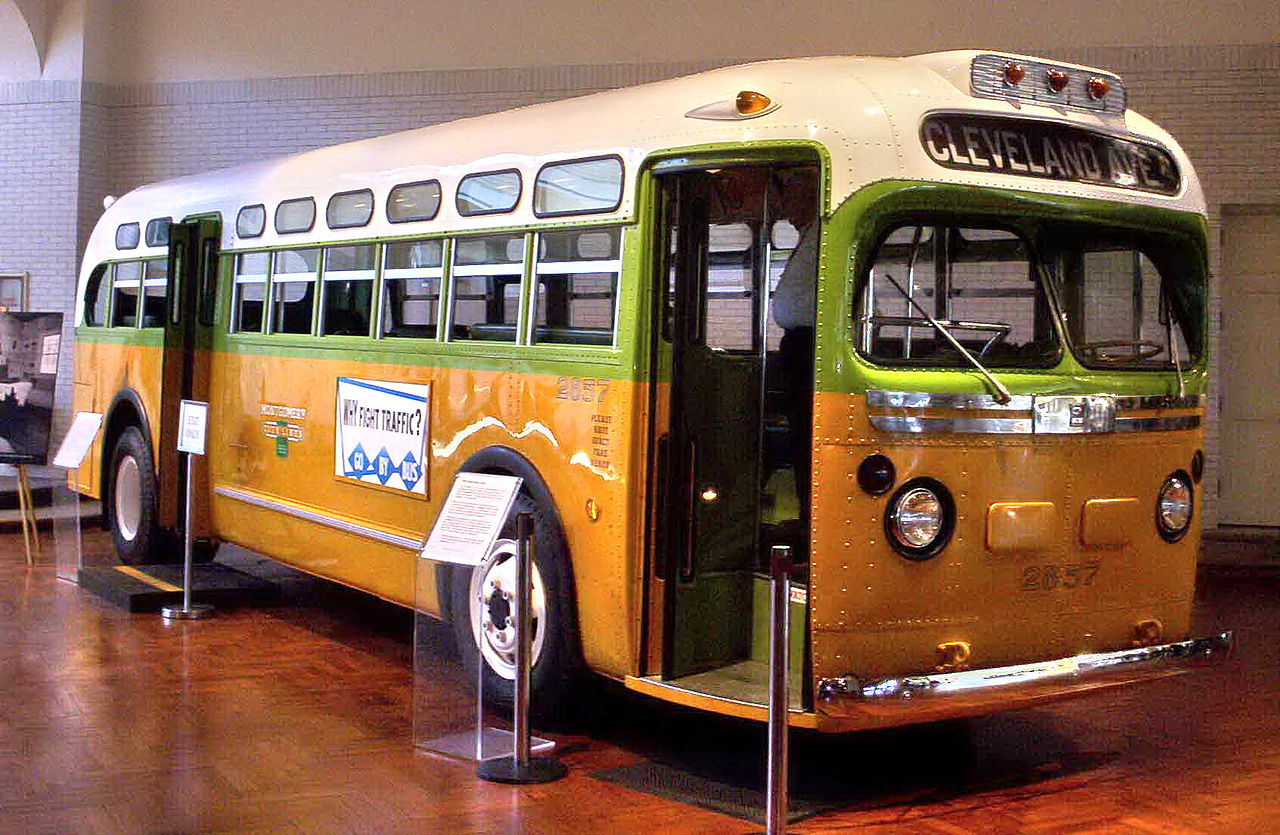 The bus on which Rosa Parks refused to give up her seat, sparking the Montgomery Bus Boycott.
The bus on which Rosa Parks refused to give up her seat, sparking the Montgomery Bus Boycott.
By the 1980s, heavy industry had all but disappeared in America’s black metropolises, creating huge armies of jobless and impoverished young men. The surge in demand for crack cocaine during the mid-1980s and early 1990s provided much needed economic opportunities. But this also led to alarming increases in the rates of addiction and imprisonment in black ghetto neighbourhoods.
Criminalisation of poverty
For the last four decades, poor black communities have also had to contend with the 'punitive turn' of social policy. Federal government, through legislation and increased spending, led on tackling racial inequality during the civil rights era. But by the 1980s and 1990s, welfare reform and tough law and order had become the twin obsessions of US domestic policymakers. The Reagan and Clinton administrations’ war on drugs and urban crime has, according to law professor civil rights advocate Michelle Alexander, created the 'New Jim Crow'.
An array of local, state and federal laws targeting drug crimes has led to a prison crisis among young black males. In 1980, the US prison population stood at about 500,000. By 2008, the total number of people imprisoned had quadrupled to 2.3m – almost 50% of them black.
Alongside the problem of mass incarceration are the toxic issues of police racism and brutality. Nearly 40 years of 'tough on crime' policies have created a national policing culture in which rampant racial profiling and stop and frisks without basis have become the norm. Meanwhile, the weapons and tactics deployed by law enforcement agencies in poor black neighbourhoods have become increasingly warlike in both appearance and design.
A new civil rights era
Globalisation and the neoliberal domestic agenda have eroded some of the gains of the civil rights era. As the mass incarceration rates and incidences of lethal police violence indicate, the criminal justice arena is now the main battlefield in the fight against this 'New Jim Crow'.
Today, we’re seeing a resurgent 'new civil rights movement' with Black Lives Matter dominating the narrative. However, the legacies of Parks and Williams remind us that black movements for social justice have always been, and continue to be, contested sites of political resistance.
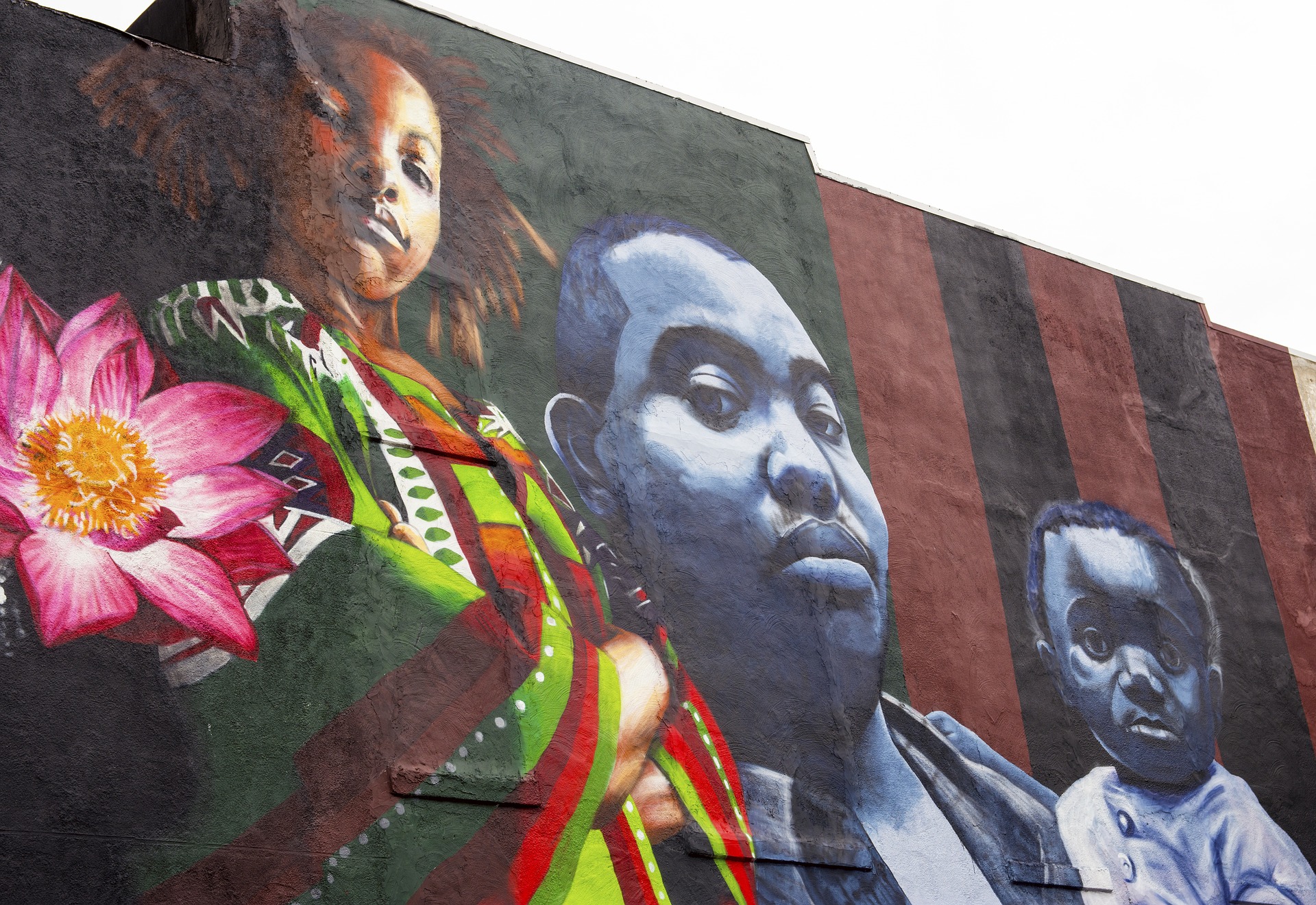 Street art in Baltimore.
Street art in Baltimore.
There are a multitude of black community-based groups and online protest movements concerned with bringing about social change in the US. They include nonviolent organisations such as Baltimore’s 300 Men March movement, 2020 Leaders of America, Campaign Zero, and the more radical #WeWillShootBack and New Black Panther Party.
While not as well chronicled as those political programmes focusing on racial integration, black separatist ideologies also have a long history within the US. The New Black Panther Party has a claim to a lineage that predates modern civil rights and nationalist leaders such as Malcolm X and Stokely Carmichael. Its intellectual and ideological legacy goes through Marcus Garvey in the 1920s, right back to the late 1700s.
Consequently, these new movements are more than just alternatives to Black Lives Matter. They are also a continuation of the longstanding parallel and competing struggles for integration and black nationalism in America.
-
This article was originally published on The Conversation. Read the original article.
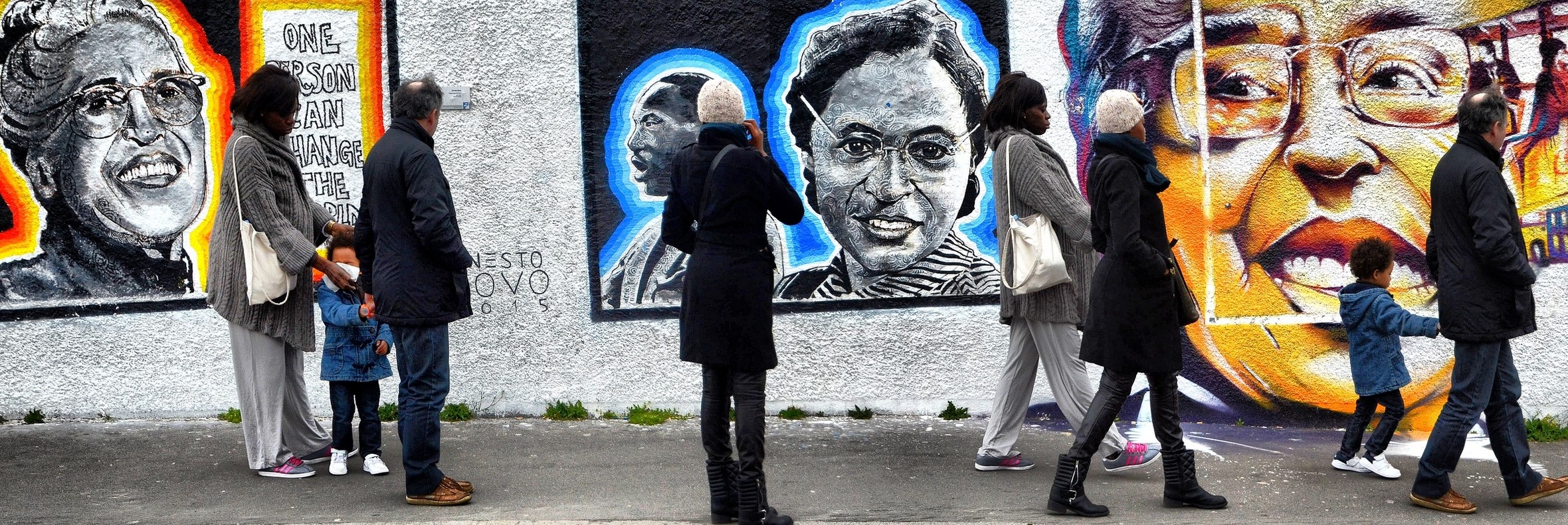
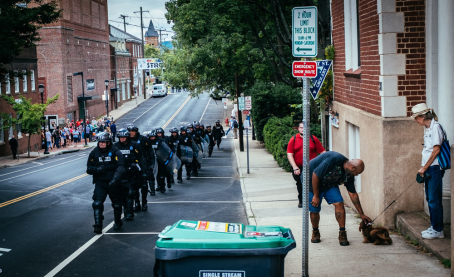
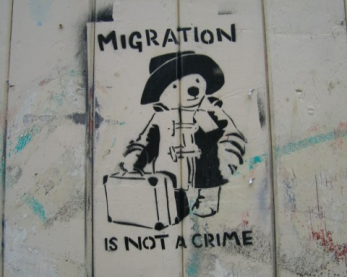
Rate and Review
Rate this article
Review this article
Log into OpenLearn to leave reviews and join in the conversation.
Article reviews